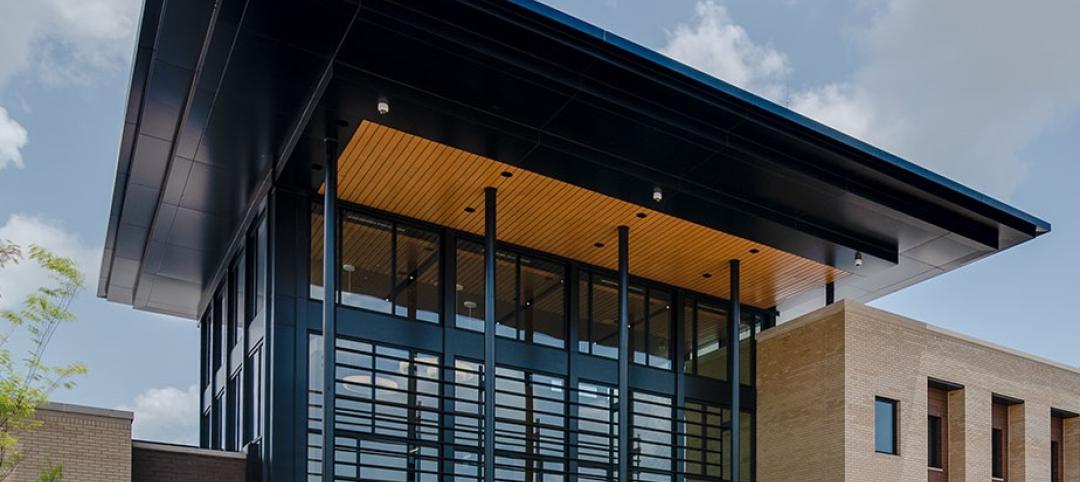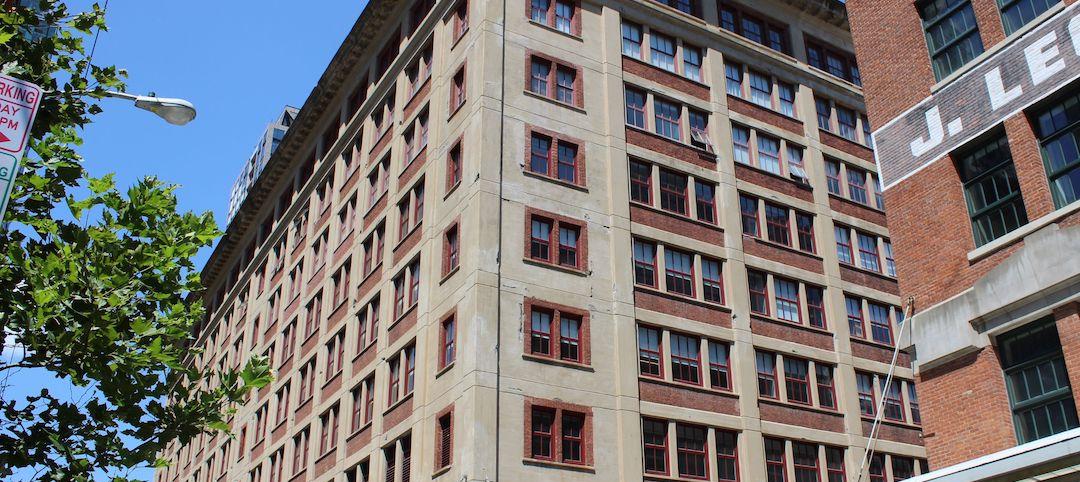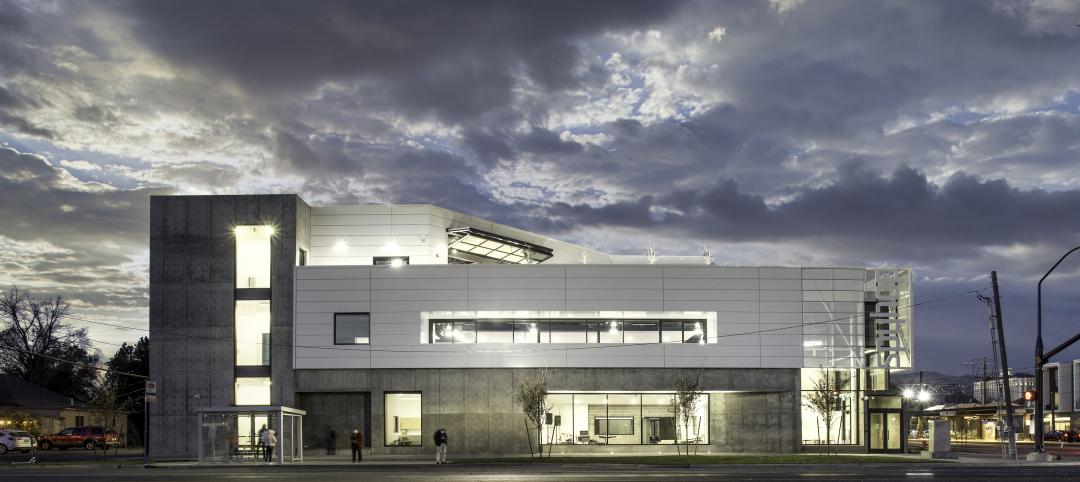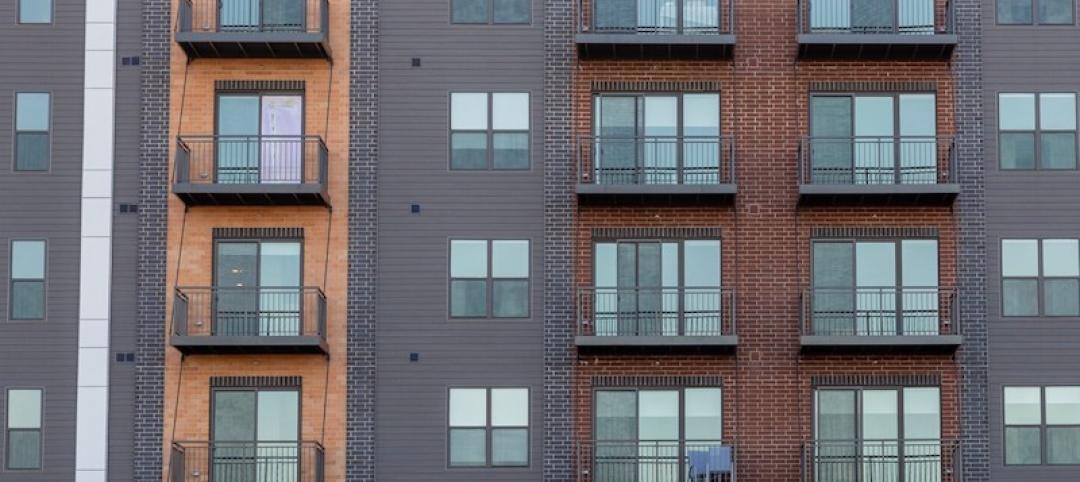The U.S. Department of Energy launched the American-Made Building Envelope Innovation Prize—Secondary Glazing Systems. The program will offer up to $2 million to encourage production of high-performance, cost-effective commercial windows.
The inaugural Building Envelope Innovation Prize targets novel solutions for commercial window upgrades to enable equitable decarbonization and optimize building envelopes for electrification, according to a DOE news release.
Secondary glazing involves installing an additional windowpane on an existing window to improve insulation.
“About 40% of U.S. commercial buildings, including multifamily residences, have single-pane windows, which are uncomfortable for occupants and waste energy,” says Jeff Marootian, principal deputy assistant secretary for energy efficiency and renewable energy. “Yet less than 1% of commercial buildings get full window replacements each year because it is so expensive and disruptive for occupants. Secondary glazing systems can help solve this problem.”
“While secondary glazing systems currently exist, they are a small portion of the market and are not widely adopted, despite costing markedly less than a full window replacement,” says Marc LaFrance, windows technology manager for DOE’s Building Technologies Office. “This prize will improve equitable access to efficient retrofit technologies by reducing product and installation costs.”
Here are more details from DOE:
Secondary glazing systems currently on the market can improve energy efficiency without needing to remove existing windows, but the potential of this technology has not been fully realized. The goal of this prize is to spur development of next-generation secondary windows that increase building resilience and comfort and decrease energy consumption—all while being highly cost-effective.
Improved window energy efficiency will lead to more attainable building electrification, as smaller heat pumps will be able to serve the building’s reduced energy needs. The Building Envelope Innovation Prize aims to fund development of promising, cost-effective, market-ready secondary glazing system solutions across three phases:
Phase 1: Design Concept—$50,000 | February 14 to June 13, 2024
- Teams will provide an innovative concept narrative and design drawings for a secondary glazing system prototype, including details on cost and energy performance.
- Up to five semifinalists will be selected, each receiving $50,000.
- Phase 1 awards will be based on energy and technical performance modeling, cost metrics, and construction plans.
- Teams can only join during Phase 1
Phase 2: Prototype—$200,000 | September 2024 to March 2025
- Semifinalist teams selected from Phase 1 will submit a secondary glazing system prototype and technical narrative as well as secure an equity-focused pilot demonstration partner.
- Phase 2 focus areas will include market readiness, cost-effectiveness, and the ability to be deployed.
- Up to three finalists will be selected, each receiving $200,000.
- Phase 2 awards will be based on prototype construction, as well as thermal and optical performance tests run by a national laboratory.
Phase 3: Commercialization—$750,000 | May 2025 to May 2026
- Finalist teams selected from Phase 2 will work with their equity-focused pilot demonstration partners and submit plans for commercialization.
- Phase 3 will focus on commercial viability—including price point, ease of installation, etc.
- Up to two winners will be selected. First place will receive $750,000; second place will receive $400,000.
- Phase 3 awards will be based on prototype durability testing results, rigor of commercialization plans, and implementation of equity-focused pilot demonstrations in low-income multifamily or underserved public sector buildings.
The Design Concept phase will accept applications of innovative secondary glazing system designs through June 13, 2024. All interested applicants must join by that date; Phase 2 and Phase 3 will not accept new competitors.
Related Stories
Sponsored | | Dec 14, 2022
Ballistic Glazing: Windows and Doors Designed for Security and Protection
For building teams choosing and applying bullet-resistant glass systems, understanding test criteria and ballistics attack types is essential
75 Top Building Products | Nov 30, 2022
75 top building products for 2022
Each year, the Building Design+Construction editorial team evaluates the vast universe of new and updated products, materials, and systems for the U.S. building design and construction market. The best-of-the-best products make up our annual 75 Top Products report.
K-12 Schools | Nov 30, 2022
School districts are prioritizing federal funds for air filtration, HVAC upgrades
U.S. school districts are widely planning to use funds from last year’s American Rescue Plan (ARP) to upgrade or improve air filtration and heating/cooling systems, according to a report from the Center for Green Schools at the U.S. Green Building Council. The report, “School Facilities Funding in the Pandemic,” says air filtration and HVAC upgrades are the top facility improvement choice for the 5,004 school districts included in the analysis.
Building Materials | Nov 2, 2022
Design for Freedom: Ending slavery and child labor in the global building materials sector
Sharon Prince, Founder and CEO of Grace Farms and Design for Freedom, discusses DFF's report on slavery and enforced child labor in building products and materials.
Building Materials | Aug 3, 2022
Shawmut CEO Les Hiscoe on coping with a shaky supply chain in construction
BD+C's John Caulfield interviews Les Hiscoe, CEO of Shawmut Design and Construction, about how his firm keeps projects on schedule and budget in the face of shortages, delays, and price volatility.
Sponsored | BD+C University Course | May 3, 2022
For glass openings, how big is too big?
Advances in glazing materials and glass building systems offer a seemingly unlimited horizon for not only glass performance, but also for the size and extent of these light, transparent forms. Both for enclosures and for indoor environments, novel products and assemblies allow for more glass and less opaque structure—often in places that previously limited their use.
Windows and Doors | Jan 19, 2022
Crystal Windows key to Jersey City historic restoration
Landmark repurposed for retail, offices, art studios, and loft apartments.
3D Printing | Jan 12, 2022
Using 3D-printed molds to create unitized window forms
COOKFOX designer Pam Campbell and Gate Precast's Mo Wright discuss the use of 3D-printed molds from Oak Ridge National Lab to create unitized window panels for One South First, a residential-commercial high-rise in Brooklyn, N.Y.
Windows and Doors | Dec 15, 2021
Schweiss Doors bifold door opens to performance center at high-tech Utah student complex
One of the first things you may ask yourself when you hear about the Spy Hop Productions building at Salt Lake City, is “What is Spy Hop?” Sounds like something out of a James Bond 007 movie! Actually, the meaning of Spy Hop is a vertical half-rise out of the water performed by a whale in order to look ahead, tune in or view the surroundings. It could also be a springing bounce in tall grasses performed by land mammals, such as foxes and wolves, to view the surroundings. In the case of the new Spy Hop 25,000-square-foot digital media arts group building, the “look ahead, tune in” description seems to fit the best as it is geared as a student learning center. Unfortunately, with the ongoing Covid-19 situation, students had been taught online for an indefinite time.

















